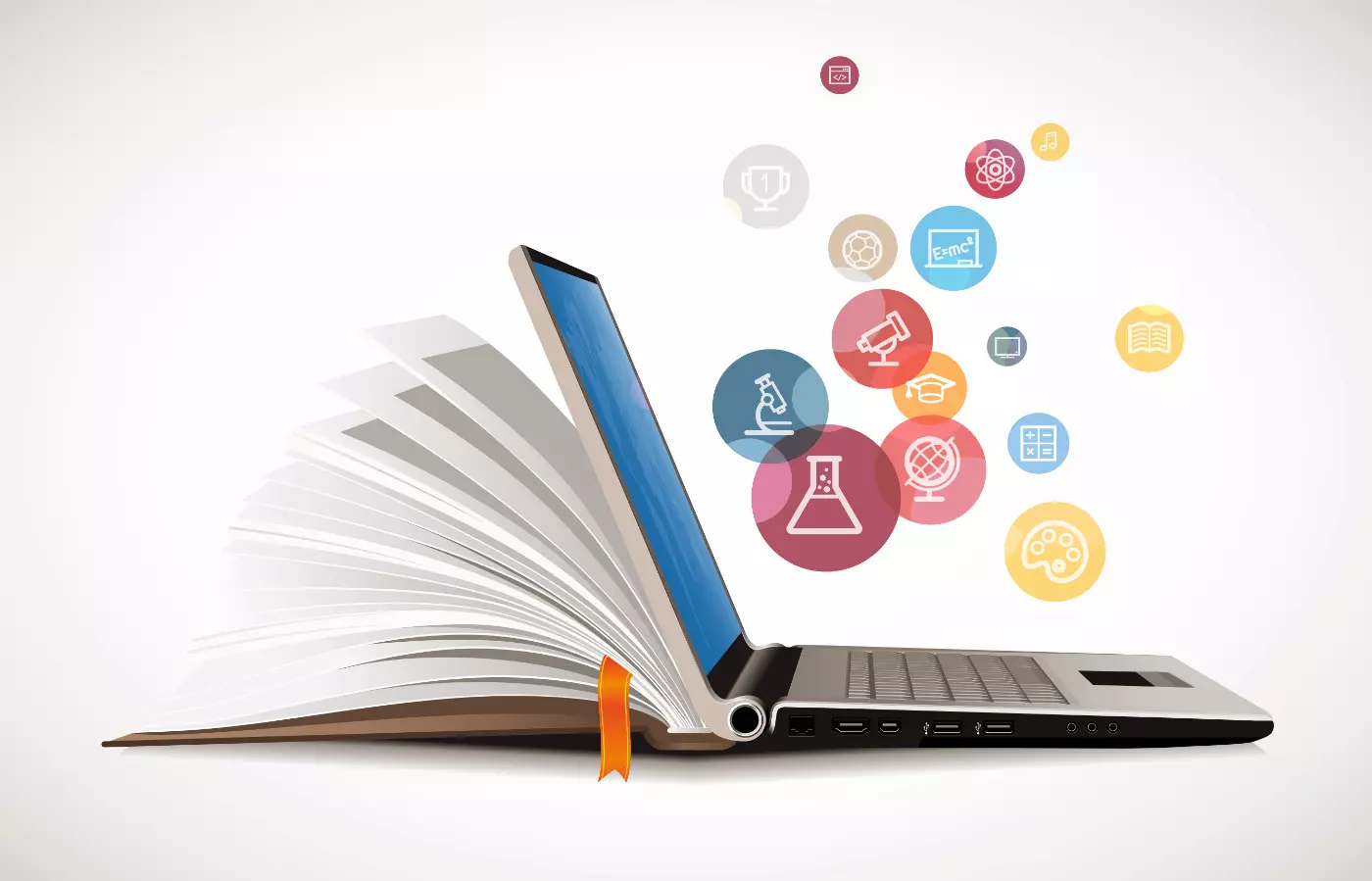Shop At Haya: Your Ultimate Shopping Guide
Discover the best shopping tips, trends, and deals for a smarter buying experience.
Clicking, Learning, and the Struggle of Staying Focused
Discover the secret to staying focused in a world of distractions and unlock your potential to learn and grow!
The Science Behind Clicks: How Digital Distraction Affects Learning
The digital age has brought about a significant transformation in how we access information and learn. As we navigate through an endless stream of notifications, social media updates, and online advertisements, our attention spans are increasingly challenged. This phenomenon, often referred to as digital distraction, can lead to fragmented focus, making it difficult for individuals to engage deeply in learning tasks. Studies have shown that constant interruptions not only hinder our ability to retain information but also affect our overall cognitive performance. Understanding the science behind clicks reveals that each notification is like a small click, pulling our attention away from more meaningful learning experiences.
Moreover, the impact of digital distraction extends beyond mere attention shifts; it alters the very way our brains process information. When we experience frequent task-switching due to distractions, our brains become less efficient at forming long-term memories and synthesizing knowledge. Researchers have identified a correlation between increased digital engagement and decreased academic performance, highlighting the need for strategies to mitigate these distractions. By implementing techniques such as time blocking and creating distraction-free environments, learners can harness their focus more effectively, creating a pathway to improved learning outcomes in a world filled with constant clicks.

Top Strategies for Overcoming Focus Challenges in a Digital Age
In today's fast-paced digital age, distractions are more prevalent than ever, making it difficult to maintain focus. One of the top strategies for overcoming these focus challenges is to establish clear boundaries between work and leisure by creating a dedicated workspace. Setting specific hours for focused work can help train your brain to enter a productive state when you sit down at your desk. Additionally, utilizing time management techniques such as the Pomodoro Technique—where you work for 25 minutes followed by a 5-minute break—can significantly enhance concentration.
Another effective strategy is to limit digital distractions. Consider employing apps designed to block distracting websites and notifications during work hours. This can significantly boost your focus and productivity. Moreover, practicing mindfulness and meditation can help reinforce your mental discipline, allowing you to regain focus more quickly when distractions arise. By combining these techniques, you can successfully navigate the challenges of maintaining focus in a digital environment.
Are You Really Learning? Understanding the Impact of Clickbait on Focus
In the age of digital information, clickbait has become a pervasive tool used to entice readers with sensational headlines. However, while these catchy titles might draw in traffic, they often distract from the actual learning process. The impact of clickbait on focus can be substantial, as it encourages rapid consumption of content without critical engagement. Studies suggest that readers who fall for clickbait are more likely to skim articles, which undermines their ability to retain key concepts and information.
Furthermore, relying on clickbait not only affects individual understanding but also shapes our broader consumption habits. When users prioritize sensationalism over substance, it can lead to a cycle of misinformation and shallow knowledge. To genuinely enhance your learning experience, consider seeking out content that emphasizes depth and clarity rather than sensationalized headlines. Engaging with well-researched articles can foster a more meaningful understanding of complex topics, ultimately benefiting your focus and retention in the long run.